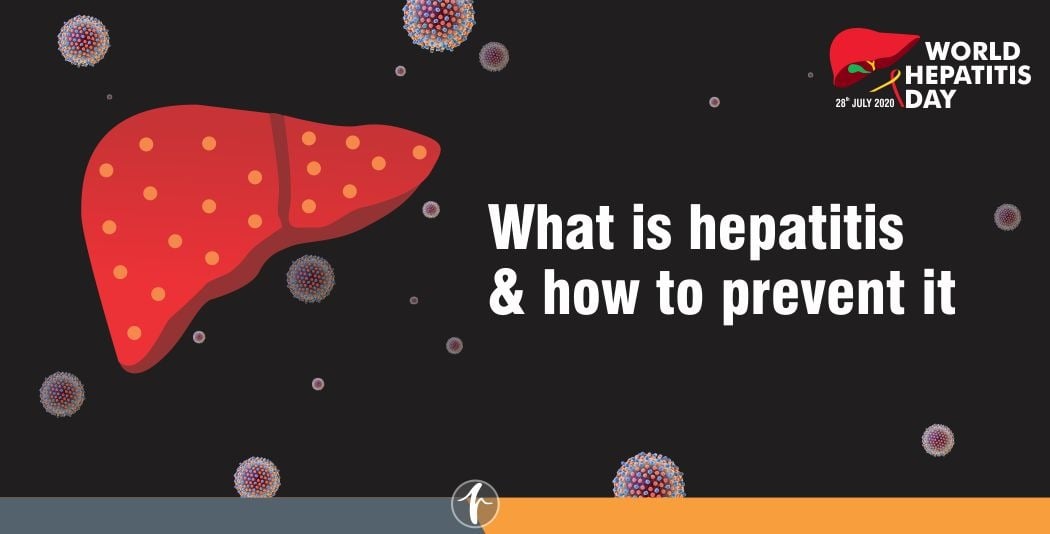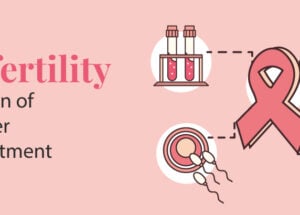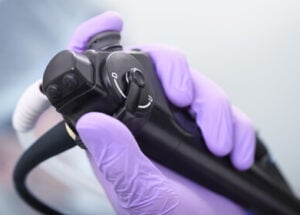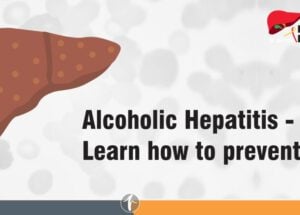Chronic Obstructive Pulmonary Disorder (COPD): All You Need to Know
April 21, 2025
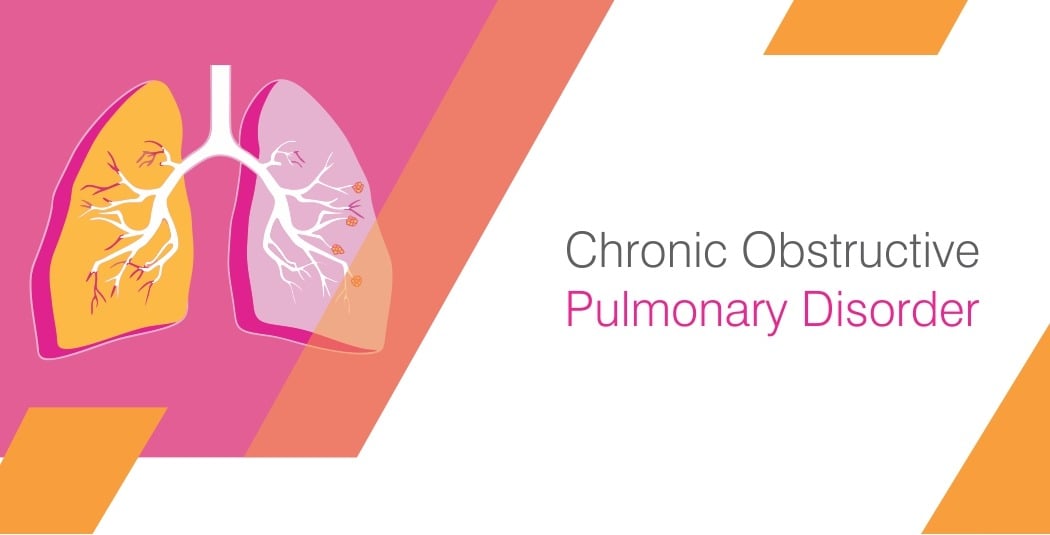
Chronic Obstructive Pulmonary Disorder (COPD) refers to long-term, permanent damage to the lungs and airways that blocks airflow and makes breathing difficult. A diagnosis of either emphysema or chronic bronchitis means you have COPD.
In COPD, several changes occur in the lungs and airways. The airways and alveoli (air sacs) lose their natural elasticity, making it harder for the lungs to expand and contract. Inflammation and scarring (fibrosis) narrow the airways, while thick mucus further clogs them. Additionally, the walls between the alveoli break down, causing the air sacs to enlarge and trap air, which reduces the lungs’ efficiency.
People with COPD often experience symptom flare-ups, known as exacerbations. These include increased breathing difficulty, heavier mucus production, wheezing, and persistent coughing. Severe episodes may require hospitalization.
COPD gradually worsens over time. As the disease progresses, flare-ups become more frequent and intense. Although this progression typically spans many years, some individuals may decline more rapidly.
Types
Chronic Obstructive Pulmonary Disease includes both emphysema and chronic bronchitis, and most individuals with COPD show characteristics of both conditions.
Emphysema occurs when the alveoli, the tiny air sacs in the lungs, become enlarged or damaged, resulting in reduced airflow. The most noticeable symptom is shortness of breath, also known as dyspnea.
Chronic bronchitis involves inflammation in the large airways, which causes them to narrow and produce excessive mucus. The most common symptom of chronic bronchitis is a persistent cough.
Different Types of Stages
People may refer to the older system for classifying COPD, which used only the FEV-1 score, a measurement of the amount of air that can be forcefully exhaled in one second. This system identified four stages:
- Stage 1: Mild (FEV-1 ≥ 80%) – You might not notice any symptoms, but you could feel short of breath when walking quickly on flat surfaces or climbing a slight hill.
- Stage 2: Moderate (FEV-1 50 to 79%) – You may need to stop and catch your breath while walking on level ground.
- Stage 3: Severe (FEV-1 30 to 49%) – Breathing may become so difficult that you avoid leaving your home. Even simple tasks like getting dressed can cause breathlessness.
- Stage 4: Very Severe (FEV-1 ≤ 30%) – Lung or heart failure may occur, and you might struggle to breathe even while resting. This stage is often called end-stage COPD.
Symptoms
- A long-term cough that produces mucus, lasting at least three months at a time over two consecutive years.
- Difficulty taking deep breaths.
- Shortness of breath, especially during daily activities or with mild exertion.
- Wheezing or abnormal lung sounds.
- A barrel-shaped chest due to overinflated lungs.
- Bluish skin (cyanosis), indicating low oxygen levels.
Causes
Smoking-related lung damage remains the leading cause of COPD. However, several other factors can also contribute to the development of the disease, including:
- Alpha-1 antitrypsin deficiency, often called “alpha-1,” is a genetic disorder that raises the risk of lung damage.
- Inhalation of secondhand smoke.
- Long-term exposure to air pollution.
- Contact with dust, chemicals, or fumes through occupational or recreational activities.
Risk Factors
Although smoking is the primary risk factor for COPD, not all smokers develop the condition. Several other factors can increase your risk, including:
- Being female
- Being over the age of 65
- Long-term exposure to air pollution
- Working in environments with chemicals, dust, or fumes
- Having alpha-1 antitrypsin deficiency, a genetic condition
- Experiencing frequent respiratory infections during childhood
Complications
COPD can trap bacteria in the lungs, increasing the risk of infections. It also disrupts the exchange of gases by limiting the intake of oxygen and the release of carbon dioxide. This impaired function can lead to several serious complications, including:
- Pneumonia
- Maximum levels of carbon dioxide in the bloodstream are known as hypercapnia.
- Reduced oxygen levels in the blood (hypoxemia)
- Respiratory failure
- Pulmonary hypertension
- Right-sided heart failure (cor pulmonale)
- Collapsed lung (pneumothorax)
- Polycythemia is a condition in which the body generates an excessive number of red blood cells.
How to Diagnose
To diagnose COPD, your healthcare provider may perform several tests to assess lung function and rule out other conditions. These tests include:
- Pulmonary function tests: Spirometry and other breathing tests measure how well your lungs are working.
- Pulse oximetry: Place your finger on a small device and check the oxygen level in your blood.
- Imaging tests: Chest X-rays or CT scans help detect lung damage or structural changes caused by COPD.
- Arterial blood gas test: This test measures the levels of carbon dioxide and oxygen in your bloodstream.
- Exercise testing: This test evaluates how your oxygen levels respond to physical activity.
- Electrocardiogram (ECG or EKG): This test monitors heart function and helps rule out heart disease as a cause of breathing problems.
- Blood tests: Your provider may check for low levels of alpha-1 antitrypsin (AAT), a protein linked to a genetic form of COPD.
- Genetic testing: If a genetic condition is suspected, a blood test may identify specific genetic changes that affect your lungs.
Treatment
Although there is no cure for COPD, treatment aims to relieve symptoms, manage flare-ups, and improve quality of life. Your healthcare provider may recommend the following options:
- Smoking cessation programs: Quitting smoking can significantly slow the progression of COPD if you currently smoke.
- Inhaled medications: Bronchodilators and corticosteroids help reduce airway inflammation and make breathing easier. These medications may come as inhalers or in liquid form for use with a nebulizer.
- Oxygen therapy: Supplemental oxygen may help maintain healthy oxygen levels in your blood.
- Pulmonary rehabilitation: This structured program combines exercise and education to strengthen your lungs and improve your ability to manage symptoms.
- Corticosteroids: A short course of oral or inhaled steroids may reduce inflammation during a COPD exacerbation.
- Positive airway pressure therapy: Devices like a BiPAP machine can support breathing, especially during severe flare-ups.
- Antibiotics: If you experience frequent lung infections, your provider may prescribe antibiotics to help prevent infections and reduce the risk of exacerbations.
- Lung volume reduction (LVR): In severe cases, your provider might recommend surgery or a valve procedure to release trapped air and improve breathing.
- Clinical trials: Your provider may suggest participating in a clinical trial if a new or experimental treatment could benefit your condition.
Exercise for COPD
If a person has COPD, it might be harder for them to eat well and exercise as their energy level would be limited and lowered, making it harder to be active physically. But exercise and good nutrition can help you live better with COPD.
How does exercise help a person with COPD?
- Exercise can improve how well the body uses oxygen. That’s important because people with COPD use more energy to breathe than other people do.
- Eases the symptoms and improves breathing
- Strengthens the heart, lowers the blood pressure
- Improves energy, making it possible to stay more active
- Improves sleep
- Helps maintain a healthy weight
- Enhances the mental and emotional outlook
- Reduces social isolation if that person exercises with others
- Strengthens the bones
Healthy Nutrition Diet
Consuming a healthy diet can make significant progress in the life of a person who’s recovering from or living with COPD.
Eating habits that should be inculcated:
- Diet should be low in saturated fat. It should also be rich in fruits, vegetables, and whole-grain foods.
- It may be hard to eat because people tend to feel full. They can try eating several smaller meals during the day instead of a few large meals.
- Slowing down the eating pace will make it easier to breathe.
Frequently Asked Questions
1. Is COPD contagious?
No, Chronic Obstructive Pulmonary Disease (COPD) is not contagious. It does not spread from person to person, so you cannot catch it from someone who has it.
2. Are COPD and asthma the same?
No, COPD and asthma are not the same condition, though they have some similarities and can sometimes affect the same individual.


